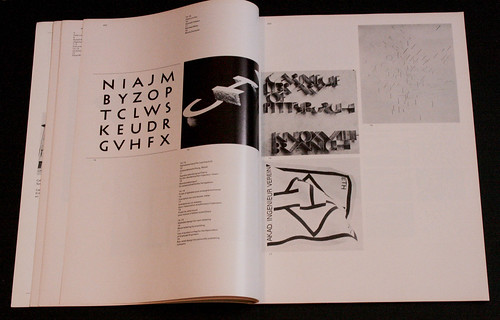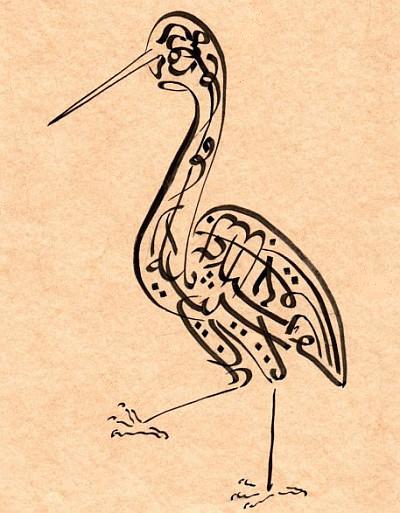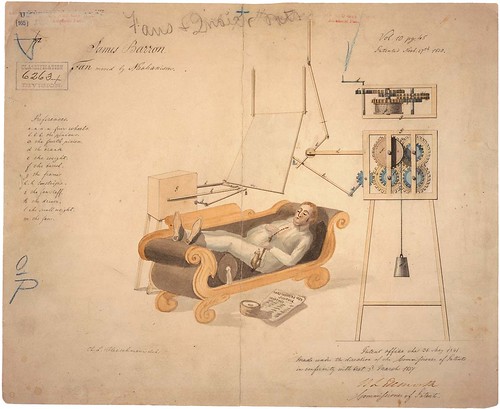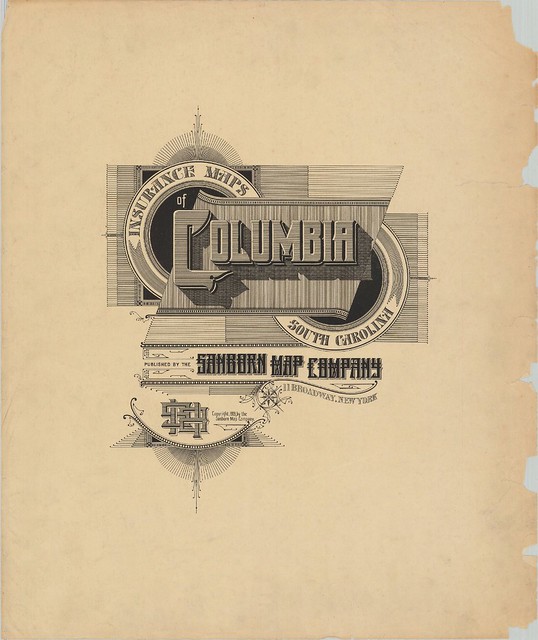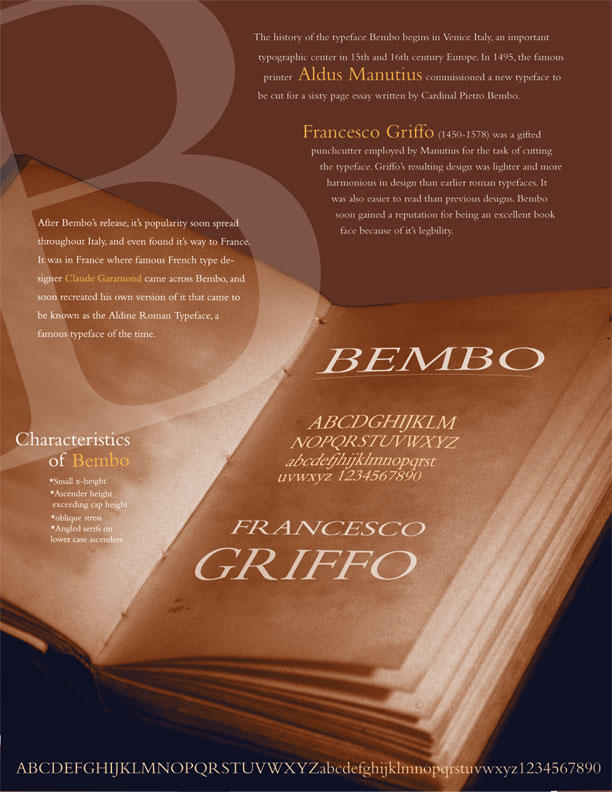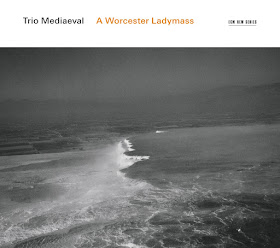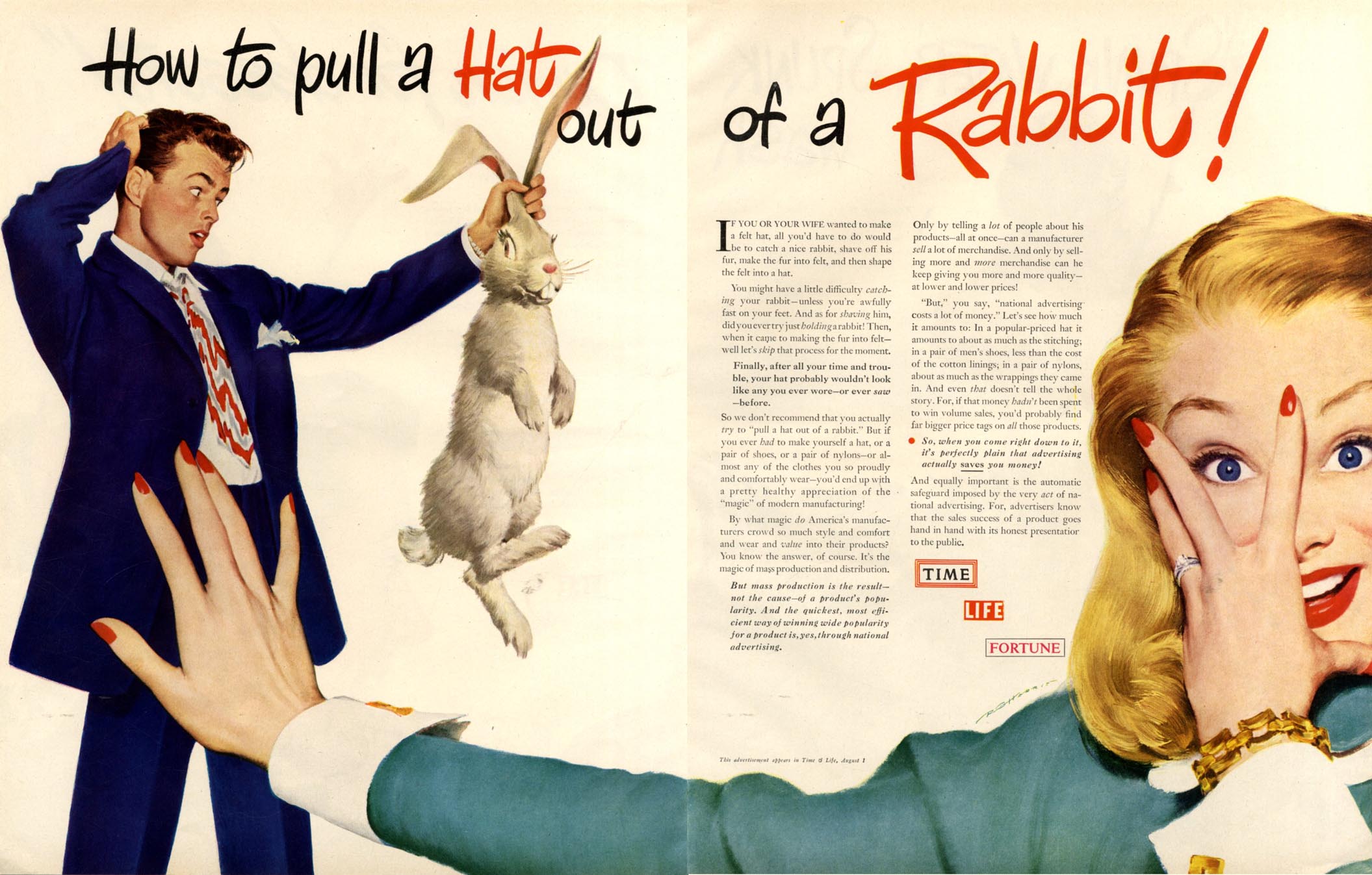The enigmatic canons of Juan del Vado
A page from a musical score book of enigmatic canons by composer Juan del Vado (1626 - 1691), completed between 1677 and 1679 and given as a gift to Juan José de Austria, the brother of Charles II, for usage in his royal chapel.
See/read more here:
https://www.emblematica.com/blog/2010/02/enigmas-resueltos.html
Denis Diderot: Encyclopédie
Read more, and also see all the engravings at:
Le sphere de monde: proprement dicte Cosmographie
Oronce Fine's "Le sphere de monde: proprement dicte Cosmographie: manuscript", 1549. Houghton Library, Harvard University, Cambridge, Mass.
http://pds.lib.harvard.edu/pds/view/18260773
http://pds.lib.harvard.edu/pds/view/18260773
Typografische monatsblätter, issue June-July 1968
See a collection of spreads from the typographic journal, complied from various issues of the year 1968, on Sébastien Hayez's Flickr stream here >>>
Carl Jung's Red Book
When Carl Jung embarked on the extended self-exploration he called his 'confrontation with the unconscious', the heart of it was "The Red Book", a large, illuminated volume he created between 1914 and 1930. Here he developed his principal theories - of the archetypes, the collective unconscious and the process of individuation - that transformed psychotherapy from a practice concerned with treatment of the sick into a means for higher development of the personality. While Jung considered "The Red Book" to be his most important work, only a handful of people have ever seen it. Now, in a complete facsimile and translation, it is available to scholars and the general public, also through amazon.
An image showing 6 double pages from the book can also be seen as part of an article on Jung at the New York Times website here >>>
Kris Kuksi
"A postindustrial Rococo master, Kris Kuksi obsessively arranges characters and architecture with an exquisite sense of drama. Kuksi uses screaming plastic soldiers, miniature engine blocks, towering spires and assorted debris to form his land scapes. The political, spiritual, and material conflict within these shrines is enacted under the calm gaze of remote deities and august statuary. Kuksi manages to evoke, at once, a sanctum and a mausoleum for our suffocated spirit."
– Guillermo del Toro
https://www.kuksi.com
Baroque Violin Pattern
Violin pattern attributed to a Cremonese workshop, 17th century.
http://orgs.usd.edu/nmm/Violins/ViolinPattern/ViolinPattern.html
Historic Chinese Cats
Emperor Xuangdong, Ming Dynasty, "Cats below flowers"
Anonymous, Song Dynasty, "Cats playing"
Anonymous, Song Dynasty.
Many many thanks to the amazing blog Poemas del río Wang for having compiled a huge collection of Chinese cat paintings, both historic and contemporary, from where I found the ones above:
Bioshock
BioShock is a first-person shooter game developed by Irrational Games and designed by Ken Levine. Set in an alternate history 1960, the game places the player in the role of a plane crash survivor named Jack, who must explore the underwater city of Rapture, and survive attacks by the mutated beings and mechanical drones that populate it. The game incorporates elements found in role-playing and survival games, and is described by the developers and Levine as a "spiritual successor" to their previous titles in the System Shock series. The game received overwhelmingly positive reviews, which praised its "morality-based" storyline, immersive environment and Ayn Rand-inspired dystopian back-story.
BioShock has received praise for its artistic style and compelling storytelling. In their book, Digital Culture: Understanding New Media, Glen Creeber and Royston Martin perform a case study of BioShock as a critical analysis of video games as an artistic medium. They praised the game for its visuals, sound, and ability to engage the player into the story. They viewed BioShock as a sign of the "coming of age" of video games as an artistic medium.
In February 2011 the Smithsonian Institution announced it will be holding an exhibit dedicated to the art of video games. Several games were chosen initially and the public can vote for which games they feel deserve to be displayed via a poll on the exhibit's website . BioShock is considered a front runner to be displayed because of its status as a game that demonstrated how artistic the medium can be.
The following screenshots are linked from a thoughtful post on Bioshock, which can be read here >>>.
Patent Drawings
The U. S. National Archives collection on Flickr is one of the greatest places to find visual communication history related material. 131 sets in total, and one of them is all about patent application drawings, mostly from the 19th Century - although there are a few contemporary prize gems (such as Michael Jackson's application for anti-gravity shoes) as well:
View the full set here >>>.
Electrolux Cooker Hood - Family Lunch
Found on Centralasian's wonderful Flickr stream. While this appears to be a contemporary illustration, it still has a great retro feel to it and so I am labeling it accordingly.
Victorian shoe
I found this here: http://hubpages.com/hub/vintage-victorian-flowers-and-fruit, to where I was directed to from here: http://wordplayblog.com/. Rather nice pages for Victoriana, so I am thinking that they will be good things to share.
I added the dark background, however you can find the original illustration here.
I added the dark background, however you can find the original illustration here.
The Rosetta Stone
Soldiers in Napoleon's army discovered the Rosetta Stone in 1799 while digging the foundations of an addition to a fort near the town of el-Rashid (Rosetta). On Napoleon's defeat, the stone became the property of the British under the terms of the Treaty of Alexandria (1801) along with other antiquities that the French had found. The Rosetta Stone has been exhibited in the British Museum since 1802, with only one break. Towards the end of the First World War, in 1917, when the Museum was concerned about heavy bombing in London, they moved it to safety along with other, portable, 'important' objects. The Rosetta Stone spent the next two years in a station on the Postal Tube Railway 50 feet below the ground at Holborn.
A valuable key to the decipherment of hieroglyphs, the inscription on the Rosetta Stone is a decree passed by a council of priests. It is one of a series that affirm the royal cult of the 13-year-old Ptolemy V on the first anniversary of his coronation. The decree is inscribed on the stone three times, in hieroglyphic (suitable for a priestly decree), demotic (the native script used for daily purposes), and Greek (the language of the administration). The importance of this to Egyptology is, of course, immense.
More on the stone can be read on the British Museum's page here >>>
More on the stone can be read on the British Museum's page here >>>
Map Typography from the early 20th Century
A selection of images from the blogpost entitled Sanborn Fire Insurance Map Typography published on the BibliOdyssey blog earlier this week in which title pages, headings and letterforms of maps issued between 1880 and 1920 by the Sanborn company are shown. The images below are from the Virginia map from October 1907 (top); the South Carolina map from June 1919 (middle); and the Washington DC map from1903 (bottom).
Bembo...
... is the name of the typeface which Francesco Griffo, working for the Aldine Press under Aldus Manutius, cut for Venetian scholar Cardinal Pietro Bembo in 1495.
One of the noteworthy things about Bembo is the fascination which contemporary graphic designers show for this 500+ year old typeface. Below are an anonymous poster based upon Bembo (top), "Bembo Type Work" by *Xantiel (middle), and "Font Poster" by creativespirit18 (bottom); all found on a forum thread of ultrabold.net.
And of course no post on the influences of Bembo on contemporary graphic design would ever be complete without a link to that utter delight Bembo's Zoo:
ECM Music
Founded by producer Manfred Eicher in 1969, ECM has issued over a thousand albums spanning many idioms, including standard-setting jazz recordings by Keith Jarrett, Paul Bley, Jan Garbarek, Chick Corea, Pat Metheny, the Art Ensemble of Chicago and others:
Importantly, for the field of graphic design Ecm has also pursued a consistent visual language based upon an interpretation of Swiss Style in its album covers. Very clean typography, often coupled with very beautiful , minimalistic photographs... Unfortunately the ECM site shows only small thumbnails. However a google image search will give you nice results, 4 of which I have linked to here:
David Trautrimas
David Trautrimas takes the components of familiar household appliances and transforms them into ironic/iconic architectural landscape paintings such as top secret Cold War era military outposts or residential building sites. The images below are "Micro Re-Instigator" from the The Spyfrost series (top), "The Fishing Complex" (middle) and the "Coffee Pot Towers" (bottom) from the Habitat series.
The Visual Telling of Stories
http://www.fulltable.com/CA/index.htm: Fabulous resource on mid 20th century living, told through all kinds of visual material, mostly advertisements and editorial design. Here is what Chris Mullen has to say about his own site:
"Welcome to Chris Mullen's website, The Visual Telling of Stories. You can go to the main gate or shuffle about in the Samplers till you get some hang of the place. It was started in 1996. Material is added every day. It is far bigger than you could ever imagine. I don't blame you for backing out, with a polite cough. I'll never know."
And this is no exaggeration at all - the place is huge! But nonetheless nicely manageable through a clear menu which is separated into well defined categories, which will take you to wonders such as these:
Fashion Art by Daniel Widrig
Daniel Widrig studied architecture in Germany and the UK. After graduating from the Architectural Association in London with a Master’s Degree in Architecture and Urbanism in 2006 , he joined Zaha Hadid Architects where he worked on several major international projects. Since establishing his own studio in London, Widrig has been working on architectural concepts, products, objects and experimental furniture editions. His work has won several awards such as the FEIDAD Merit Award 2006, the Swiss Arts Award 2007. In 2008 Daniel Widrig won the Rome Prize. He is currently artist in residence at the German Academy, Villa Massimo in Rome.
Below are a few examples of Widrig's investigation into fashion art. The two images above are from the Escapism series (2010/11), shown at the Paris Fashion Week with Iris van Herpen and MGX. The image on the bottom is from the Crystallization series (2010) shown at the Amsterdam Fashion Week, again with Iris Van Herpen and .MGX.








